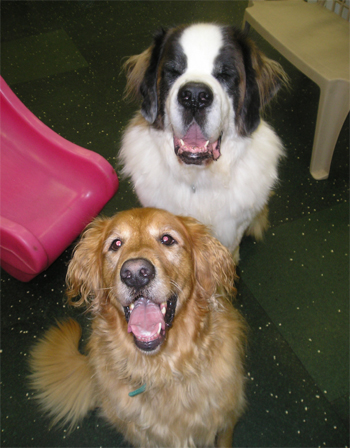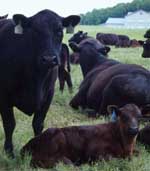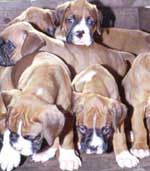|
The Peripheral Nervous
System
Nerves are white cord-like structures
that link the central nervous system with the rest of the body. They
are mainly collections of myelinated nerve fibers (axons).
 | Sensory nerves carry information from
the interior and exterior of the body to the central nervous
system.
|
 | Motor nerves carry orders from the
central nervous system out to the rest of the body.
|
 | Mixed nerves carry information both
directions. Most nerves in the body are mixed nerves. |
The autonomic nervous system involves both
the central and peripheral nervous systems. It is the self-regulating
part of the nervous system that works at an unconscious level to help
maintain homeostasis in the body. It consists of two opposing
divisions:
 | The sympathetic system originates in
the thoracic and lumbar portions of the spinal cord. It is often
called the FIGHT OR
FLIGHT system because it prepares the
body for intense physical activity when the animal feels
threatened. Its effects include:
 | increased heart rate and blood
pressure |
 | enlarged air passageways in the
lungs |
 | dilated pupils |
 | decreased digestive tract
activity |
 | piloerection - hairs stand on
end |
|
 | The parasympathetic system originates
in the brain and sacral region of the spinal cord. It has the
opposite effect from the sympathetic system - it is the
REST AND
RESTORE system. The parasympathetic
system is most active when the animal is relaxed and resting. Its
effects include:
 | decreased heart rate and blood
pressure |
 | narrowed air passageways in the
lungs |
 | constricted pupils |
 | increased digestive tract
activity |
|
| 




